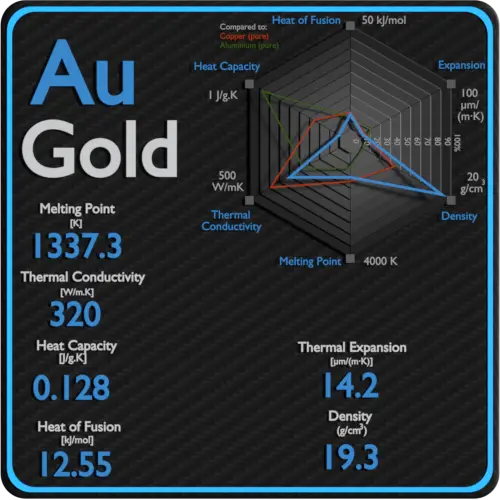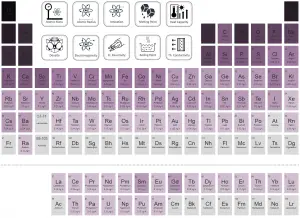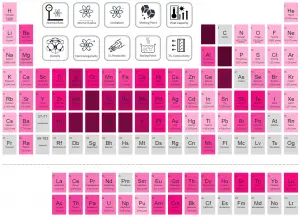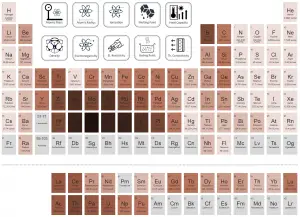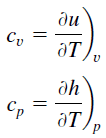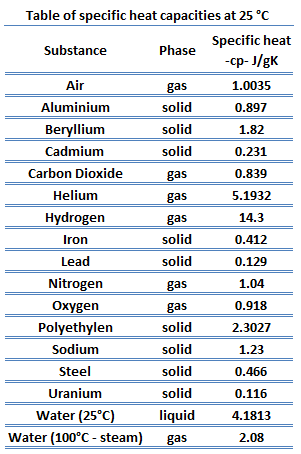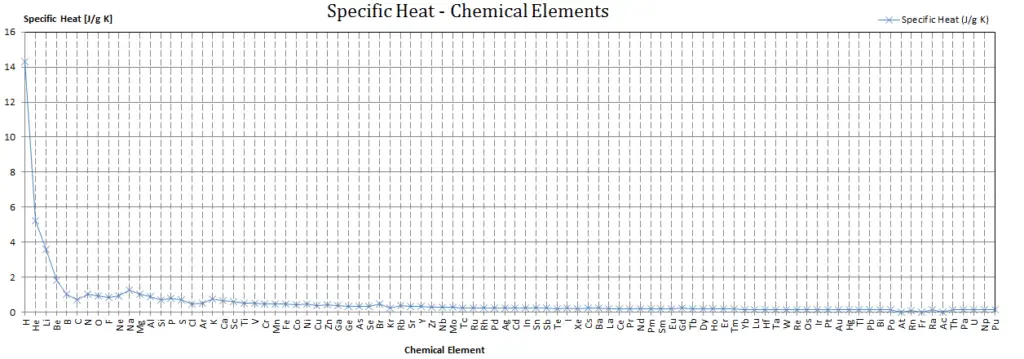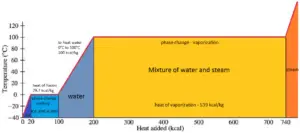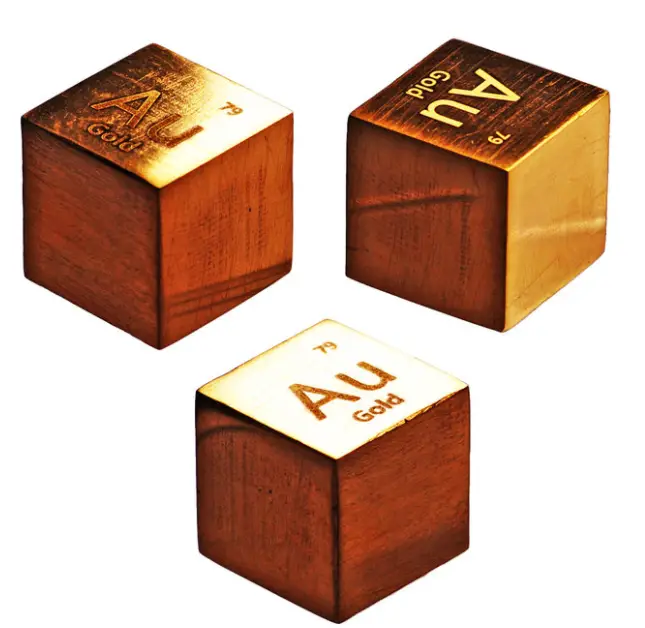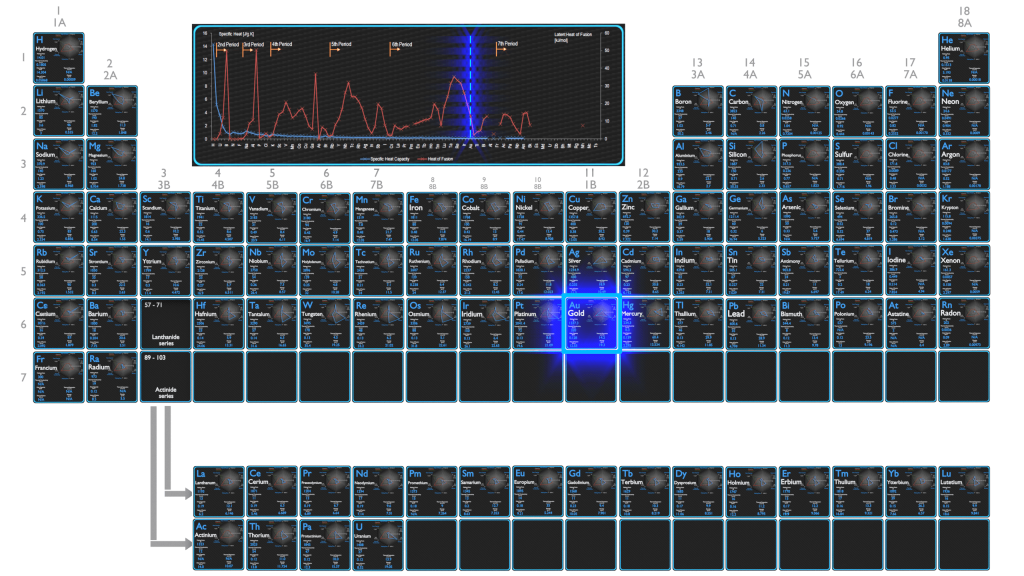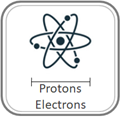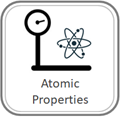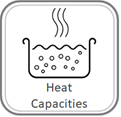About Gold
Gold is a bright, slightly reddish yellow, dense, soft, malleable, and ductile metal. Gold is a transition metal and a group 11 element. It is one of the least reactive chemical elements and is solid under standard conditions. Gold is thought to have been produced in supernova nucleosynthesis, from the collision of neutron stars.
Gold – Specific Heat, Latent Heat of Fusion, Latent Heat of Vaporization
Specific heat of Gold is 0.128 J/g K.
Heat capacity is an extensive property of matter, meaning it is proportional to the size of the system. Heat capacity C has the unit of energy per degree or energy per kelvin. When expressing the same phenomenon as an intensive property, the heat capacity is divided by the amount of substance, mass, or volume, thus the quantity is independent of the size or extent of the sample.
Latent Heat of Fusion of Gold is 12.55 kJ/mol.
Latent Heat of Vaporization of Gold is 334.4 kJ/mol.
Latent heat is the amount of heat added to or removed from a substance to produce a change in phase. This energy breaks down the intermolecular attractive forces, and also must provide the energy necessary to expand the gas (the pΔV work). When latent heat is added, no temperature change occurs. The enthalpy of vaporization is a function of the pressure at which that transformation takes place.
See also: Mechanical Properties of Gold
Summary
| Element | Gold |
| Specific Heat | 0.128 J/g K |
| Heat of Fusion | 12.55 kJ/mol |
| Heat of Vaporization | 334.4 kJ/mol |
| Density | 19.3 g/cm3 |
Source: www.luciteria.com
